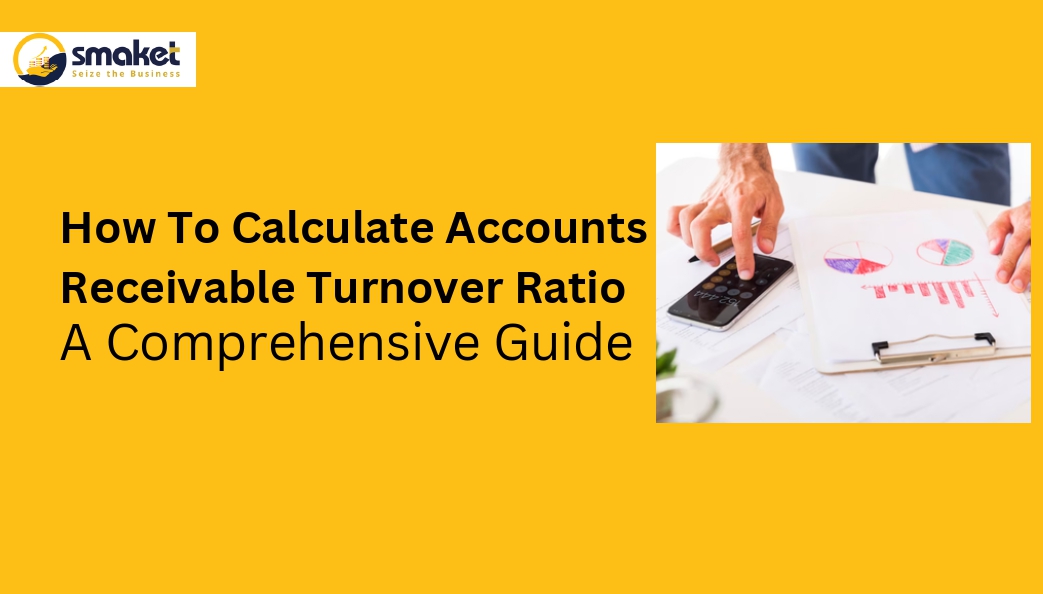The efficiency of credit collection operations is crucial for any business that offers products or services on credit. To assess the effectiveness and quality of a company’s credit collection strategies, one key metric to consider is the Accounts Receivable Turnover Ratio, also known as the Debtors Turnover Ratio. This ratio provides valuable insights into a company’s management of receivables and its also ability to convert them into cash.
Understanding the Debtors Turnover Ratio:
The Debtors Turnover Ratio, also referred to as the Receivables’ Turnover Ratio, measures how effectively a company controls its receivables and collects outstanding debts. It determines the rate at which receivables are recovered and also directly impacts a business’s liquidity position. A higher turnover ratio indicates better management of credit and also prompt debt collection.
Calculating the Debtors Turnover Ratio:
The Debtors Turnover Ratio is calculated by dividing net credit sales by the average accounts receivable for a given period. The formula is as follows:
Debtors Turnover Ratio = Net Credit Sales / Average Accounts Receivable
Net credit sales represent the total value of goods or services sold on credit, excluding returns or trade discounts. Average accounts receivable is determined by adding the opening and closing balances of receivables for a specified period (e.g., monthly, quarterly, or annually) and dividing the sum by two. It’s important to note that when calculating this ratio, allowances for doubtful debts should not be excluded from total accounts receivable to avoid distorting the perception of receivables collection.
An Example Calculation:
Let’s consider an example where a company has total sales of Rs 5,00,000, of which Rs 3,50,000 are credit sales. The opening accounts receivable balance is Rs 3,00,000, and also the closing balance is Rs 1,00,000. Here’s how you can also calculate the Debtors Turnover Ratio:
Debtors Turnover Ratio = 3,50,000 / 2,00,000 = 1.75 times
Credit sales total = 3,50,000 Average Accounts Receivable = (3,00,000 + 1,00,000) / 2 = 2,00,000
Interpreting High and Low Debtors Turnover Ratio:
A high Debtors Turnover Ratio implies that customers have a short collection period, the company’s accounts receivable collection process is efficient, and a significant proportion of individuals pay off their debts promptly. It can also indicate that the company exercises conservative credit extension practices.
On the other hand, a low Debtors Turnover Ratio suggests that customers have a prolonged collection period, the company has extended credit terms with suppliers, and there may be a significant amount of high-value cash receivables owed to the business.
Importance of Monitoring Accounts Receivable Turnover:
Monitoring the Accounts Receivable Turnover Ratio is crucial for several reasons:
Cash Flow Forecasting:
The ratio indicates how effectively your financial department collects money owed to your organization, providing insights into cash flow forecasting.
Identifying Inefficient Billing Practices:
A low ratio can signal ineffective billing practices that may need improvement to optimize cash collection.
Evaluating Credit Policy:
The ratio is used to assess the efficacy of credit programs and decide whether changes are required.
Assessing Customer Screening Guidelines:
A high percentage indicates that creditworthy customers are being selected using consumer screening rules.
Improving Invoicing Accuracy:
Monitoring the ratio can lead to greater invoicing accuracy, resulting in fewer mistakes and inconsistencies.
Enhancing Dunning Process Efficacy:
To increase debt collection efficiency, the dunning procedure, which involves contacting clients for payment, may be improved based on the ratio’s insights.
Precautionary enterprise:
The rate can demonstrate the need of being visionary in order to avoid bad debts and also late payments.
Maximizing Your Debtor Development rate:
To maximize the Accounts Receivable Development rate, consider enforcing the following strategies
Invoicing on time and in an respectable manner:
tab on time and make sure the payment conditions are correct and clear.
Payment Terms and Conditions:
Payment terms and conditions should be easily explained to consumers to avoid misconstructions and also payment detainments. colorful Payment Options give guests with a range of payment styles to encourage fast payment.
monuments to Return:
Make follow- up monuments to guests who owe plutocrat to insure prompt collection. Abatements for cash and repayment Advance payment and cash To encourage prompt agreement, consider offering abatements for early payment or repayment.
Conclusion:
A lesser rate implies that credit is being managed well and that debt is being collected on time, whereas a lower chance may suggest that credit rules or collection styles are failing. By measuring and also covering the Accounts Receivable Development rate, businesses may make informed opinions to ameliorate credit collection operations, manage liquidity, and guarantee fiscal stability.

